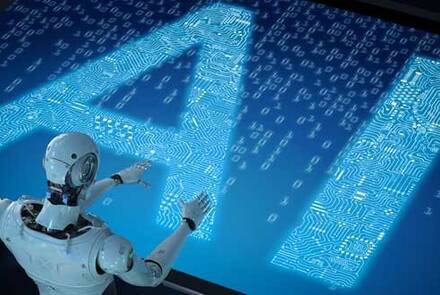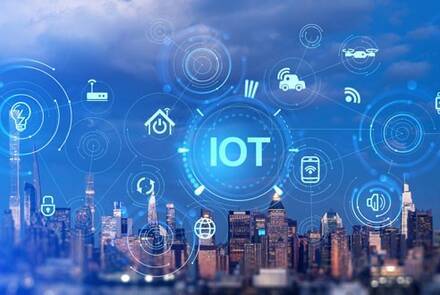Defining a Smart City: An In-Depth Exploration
A smart city represents the future of urban living, where technological advancements and innovative solutions converge to create an efficient, sustainable, and highly livable urban environment. This concept involves the integration of information and communication technologies (ICT) across all aspects of urban life. The goal is to enhance the quality of life for residents, improve the efficiency of urban services, and promote sustainable development. Let’s delve deeper into what constitutes a smart city and how its various elements work together to transform urban living.
Core Principles of a Smart City
- Interconnectivity. Interconnectivity is the foundation of a smart city, where various systems, services, and devices are seamlessly connected through advanced communication networks. This involves using high-speed internet, IoT devices, and cloud computing to ensure that data flows smoothly between different city components, enabling real-time monitoring and management.
- Data-Driven Decision Making. Smart cities use data analytics to inform and optimize decision-making processes in urban management. Sensors and IoT devices collect vast amounts of data from traffic systems, environmental sensors, and public services. This data is then analyzed to derive actionable insights that guide city planning, resource allocation, and service delivery.
- Citizen-Centric Services. Placing the needs and preferences of residents at the forefront of urban planning and service delivery is crucial. Smart cities leverage technology to provide personalized and accessible services, such as mobile apps for public transportation, online platforms for civic engagement, and real-time updates on city services.
- Sustainability. Commitment to environmental sustainability by reducing carbon footprints, conserving resources, and promoting green practices is a key principle. Smart cities employ energy-efficient technologies, renewable energy sources, and smart grids to optimize energy usage. They also implement waste management systems and promote sustainable transportation options.
Key Components of a Smart City
- Smart Infrastructure. Infrastructure embedded with sensors and connected devices collects and transmits data. Examples include smart roads with sensors to monitor traffic flow, intelligent street lighting that adjusts based on pedestrian presence, and smart buildings with automated energy management systems.
- Smart Transportation. Transportation systems that use ICT to improve mobility, reduce congestion, and enhance safety are essential. Examples include real-time traffic monitoring and management, public transit systems with live tracking and updates, autonomous vehicles, and bike-sharing programs.
- Smart Energy. Efficient and sustainable energy systems optimize production, distribution, and consumption. Examples include smart grids that balance supply and demand, renewable energy sources such as solar and wind power, and home energy management systems that reduce consumption.
- Smart Water Management. Systems that ensure efficient use and distribution of water resources are vital. Examples include IoT-enabled water meters that detect leaks and optimize usage, smart irrigation systems for urban green spaces, and wastewater treatment technologies.
- Smart Healthcare. Healthcare services that utilize ICT to provide better access, improved diagnosis, and efficient management of health services. Examples include telemedicine platforms, wearable health devices that monitor vital signs, and data analytics for predicting and managing disease outbreaks.
- Smart Governance. The use of digital tools and platforms to enhance government services and citizen engagement is fundamental. Examples include e-governance platforms for online service delivery, open data portals for transparency, and mobile apps for public participation and feedback.
The Synergy of Components
The true essence of a smart city lies in the synergy between its various components. Here’s how these elements work together to create an integrated and efficient urban environment:
- Data Integration: Data collected from various sources, such as traffic sensors, environmental monitors, and public services, is integrated into a central platform. This holistic view allows city planners and administrators to make informed decisions based on comprehensive data.
- Real-Time Monitoring and Management: Continuous data flow enables real-time monitoring of city services and infrastructure. For example, smart traffic systems can adjust signal timings based on current traffic conditions, while smart grids can balance energy loads dynamically.
- Citizen Engagement and Empowerment: Digital platforms and mobile applications provide residents with access to city services and information. Citizens can report issues, provide feedback, and participate in the decision-making process, fostering a sense of community and collaboration.
- Resource Optimization: By analyzing data and using predictive analytics, smart cities can optimize the use of resources. This includes reducing energy consumption, optimizing waste collection routes, and managing water distribution efficiently.
Conclusion
A smart city is more than just a collection of advanced technologies; it is an ecosystem where interconnected systems work together to enhance the quality of life, promote sustainability, and drive economic growth. By leveraging ICT, data analytics, and citizen engagement, smart cities can create urban environments that are not only efficient and responsive but also adaptable to the evolving needs of their residents. As we continue to face the challenges of urbanization, the smart city model offers a promising pathway towards a more sustainable and livable future.
For more information about Trigyn's Smart City & IoT services, Contact Us.






